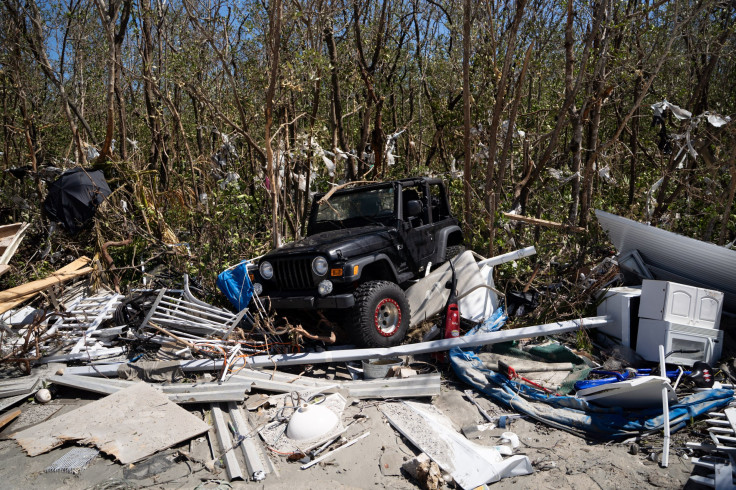
Hurricane Ian’s wrath that left Florida in disarray may have caused up to $47 billion in insured losses, as per latest estimates, making it one of the most expensive storms that the state ever experienced.
CoreLogic, an analytics and research firm that estimates losses from natural disasters released the estimated damages and losses as of Thursday night combining insured losses from private insurance that usually covers wind damage and the Federal Emergency Management Agency’s National Flood Insurance Program that covers water damage in the areas involved.
The analytics and research firm’s estimate ranges from $22 billion to $32 billion for wind damage and an additional $6 billion to $15 billion in flood damage, adding up to a total of $28 billion.
It remains to be seen whether the estimated cost of damage wrought by Hurricane Ian would surpass the $26.5 billion in losses caused by Hurricane Andrew that hit Florida in 1992, which is so far the most expensive storm that hit the state.
Adjusted to inflation, this amounts to $55.7 billion in today's currency, according to an estimated by the US National Oceanice and Atmospheric Administration (NOAA).
Hurricane Ian may not have dethroned Hurricane Andrew’s damage, but if CoreLogic’s estimates are proven to be accurate, Ian would be the most expensive hurricane to ever visit Florida in 30 years.
Hurricane Ian -
— Wall Street Silver (@WallStreetSilv) September 30, 2022
What 15 ft storm surge looks like ...
(credit to Max Olson Chasing)
?? pic.twitter.com/OqbFkQxD8s
Nationally, Hurricane Katrina remains to be the most expensive storm that hit the US, which caused an estimated $108 billion in damage in 2005, according to NOAA, or a whopping $163 billion today.
CNN reported that as of Friday morning, 20 people were confirmed to have died due to Ian, but the death toll remains uncertain due to scattered reports from coastal areas and counties in the state that was hit by the hurricane.
"A record number of homes and properties were lost due to Hurricane Ian's intense and destructive characteristics," said Tom Larsen, associate vice president of the Hazard & Risk Management unit at CoreLogic.
"Hurricane Ian will forever change the real estate industry and city infrastructure. Insurers will go into bankruptcy, homeowners will be forced into delinquency and insurance will become less accessible in regions like Florida,” Larsen added.
#HurricaneIan killed at least 12 people in Florida — a number that is expected to grow — as it continues toward South Carolina's coast.
— AJ+ (@ajplus) September 30, 2022
Over 2.2 million Floridians were left without power.
At least 700 people were rescued, said the governor, calling the damage "indescribable." pic.twitter.com/MmNGQHWhzX
Ian made landfall over Florida as a Category 4 hurricane packing winds of 150 mph. Some areas experienced as much as 12 inches of rain, which is said to be a one in 1,000-year event.
Storm surges from the Gulf of Mexico also flooded streets and homes of residents.
This afternoon I surveyed damage from #HurricaneIan across Lee County.
— Jeanette Nuñez (@LtGovNunez) September 30, 2022
As we pray for our neighbors in Southwest Florida, we encourage those who needs assistance or a safety check to visit https://t.co/ILgRm7kpeR or https://t.co/OQJjbxINrv. pic.twitter.com/h8dBFVquzi
© 2025 Latin Times. All rights reserved. Do not reproduce without permission.




